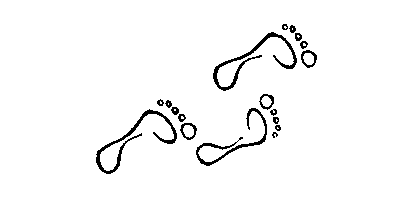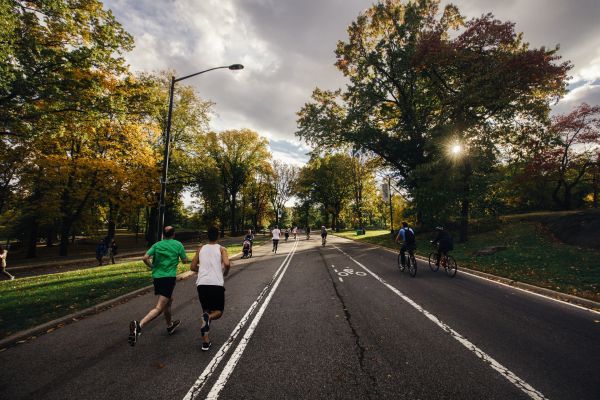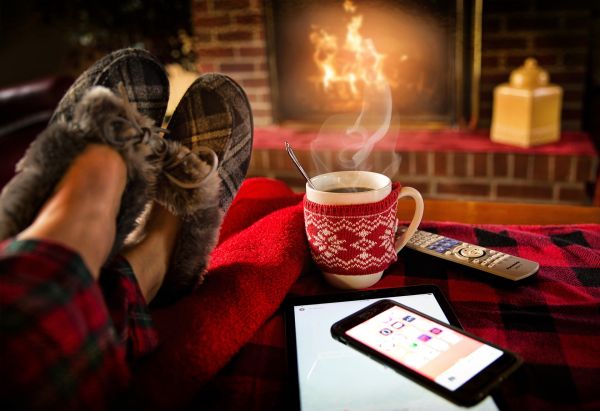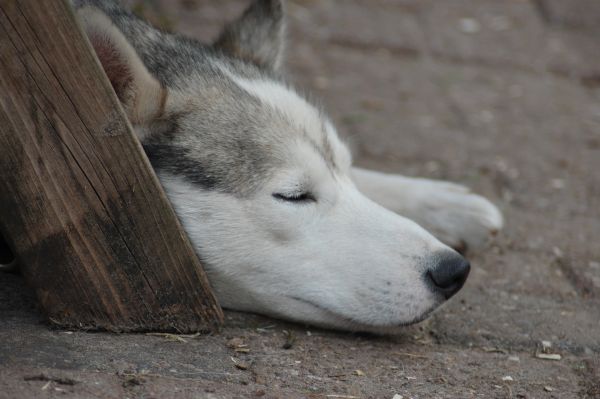Why is there so much talk about regeneration, if it’s the training that really matters? While the effort causes fatigue and muscle damage, it’s the relaxation that ensures our body rebuilds and becomes stronger. Rest is like JIN to a training JANG. Without a good rest, there is no way to adapt to ever-heavier training stimuli, and if we want to make progress, we must rest as hard as we exercise.
BASICS OF REGENERATION
Many runners approaches their passion with full commitment, focusing on trainings and forgetting about one thing, that makes the development possible – recovery. In order to talk about progress at all, one requires a rest and recovery after a hard workout, that allows the body to rebuild after the effort and adapt to new conditions. Without proper regeneration, workouts will quickly lead to overtraining and injury.
How to overcome this? Of course, nothing will replace the time. However, we also have a whole arsenal of tools to help us improve the quality and speed of our recovery. All we need is a little knowledge.
1. MOVEMENT
Contrary to appearances, doing nothing is not always the best solution. Studies show that athletes who maintain physical activity during exercise-free days achieve better results in their training than those who choose passive rest. Such physical activity doesn’t necessarily have to be the same as what we do during training – and it’s worth trying something else to activate other muscle groups as well. This way a runner, for instance, can choose a bicycle ride or a light session at the pool as a form of active rest.
Remember, however, that this ought to be rest. Make sure this activity is not overpowering – your heart rate should not exceed 60% of your maximum heart rate (HRMax). The exception to this rule is when you have an injury or other pain. Then it is better to let go and actually take a day off from activity.
2. RELAX
I always say that running relaxes me. However, this applies to the mental sphere. Physical exercise, however, especially excessive one, can also be a stressor for the body. Here, you will help yourself with various relaxation techniques that ease the muscles and restore mental peace. These can be breathing exercises, visualization, meditation.
An example of such exercise is Jacobson’s relaxation. This is a fairly popular method – it involves stretching and then relaxing subsequent muscles. Each muscle should be tensed for about 5 seconds, then relaxed. We suddenly realize how many muscle we keep subconsciously in constant tension. The whole exercise should last about 15-20 minutes and the best effects are when applied regularly. Thanks to that, you will begin to relax faster and better. This method allows you to calm down as well as fall asleep quicker.
3. STRETCHING AND YOGA
During the week, when every minute (or even second!) of training counts in order to get to work on time, we often skip stretching. It is worth to catch up on it during the days without training.
It is worth to do a dynamic warm up to prepare the muscles for stretching. Warmed up muscles are more flexible and less prone to tearing in case of excessive stretching. After the warm-up, you should stretch your hips, buttocks, thighs and lower thighs. Unstretched and pinched muscles are the simplest way to injury, so remember about stretching so you can regain your flexibility and keep the full range of muscle work.
Rolling after the workout will massage and relax tired and tense muscles and trigger points. Even after a very long or intense training, when we are afraid to stretch too much not to accidentally impair our muscles, rolling is a safe option because it is more like tissue massage. Rolling improves blood supply and muscle metabolism. Another bonus is that you can’t overdose rolling! The more we feel pain, the longer and tougher we should roll – until the full relaxation and passing of pain.
Yoga is also a fantastic tool, combining the advantages of both stretching and relaxation techniques. A well-made yoga session relaxes and calms down, allowing for even better results when stretching the muscles and fasciae. In addition, yoga teaches conscious breathing, so that we exhale all air remainders and learn breathing through the entire surface of the lungs, thus increasing our breathing capacity.
4. SLEEP
Nothing will replace long enough sleep of good quality. There’s simply no better medicine. During the sleep, regenerative processes take place in the body and muscle tension decreases, causing the muscles to relax. During the deep sleep phase, the body intensifies the secretion of somatropin (growth hormone). It is especially important because it is responsible for muscle growth, regeneration of damaged tissues, bone formation and fat burning. The shortened phase of deep sleep (sleep shorter than optimal 7-9 hours) results in less somatotropin, which causes weaker regeneration effect.
If you train intensely, you can help yourself with 20-30 minute short naps after a hard workout. I rarely do it myself often, but once the organism claims, I make use of it and I must say – it miraculously accelerates the regeneration. The best athletes, who often train twice a day, say that in such a situation, the nap between training sessions is even obligatory.
The other thing is that one can’t make up for the lack of sleep singularly. We will not make up for the whole week of not sleeping enough with a one-time 15 hour-sleep before the competition. It does not work like that – you can’t accumulate the sleep and as we had several all-nighters, it will also take several nights to „work” it off.
5. NUTRITION
Nutrition is, after sleep, the second most important thing in an athlete’s training. It is said that 50% of the workout takes place in the kitchen. There is a lot of truth to it, because our body, subjected to constant overloads and micro-injuries, needs a good mix of fuel to handle the effort and, on the other hand, a good building material to make up for all the shortcomings that remain after training.
It is important not only when we eat, but also what we eat. Delivery of appropriate nutrients is based not only on energy demand, but also on the appropriate supply of macro and micro elements, glycemic index or alkaline-acid balance.
It sounds kind of scary, but basically it’s about eating high quality products. For such running trainers (eg Matt Fitzgerald) considers vegetables, fruits, lean protein, whole grains and healthy fats. Of course the BAD products are refined sugars, sweets, fried products and greasy proteins. The simplest way is to simply find suitable replacements such as brown rice and groats, oatmeal, healthy sugar substitutes, addition of vegetables and fruits to your diet. Healthy fats we have at hand, eg in nuts or avocado.
Eating good quality products will provide us with a good bone and muscle material, the right fuel for harder work and balance of the work of hormones for better functioning and well-being.
On no-training days you should eat products with a low glycemic index, more fiber, protein and vegetables.
6. HYDRATION
On the subject of proper hydration during the exercise I wrote here. Even a small dehydration affects our effectiveness in training – the response time, the precision of movements and concentration decreases, and the feeling of fatigue increases. Likewise, the dehydration effect on the after-training regeneration process is similarly negative – the thicker blood transports the nutrients worse and all processes occur slower in the body. It is therefore important not to allow for too much dehydration, and if so, to quickly replenish the fluids.
You should remember as well, that it is not enough to drink 3 glasses of water after workout. Such amount of liquid will pass through us like through a sieve, and only a small amount will be absorbed. Just after the workout, it is advisable to drink an isotonic drink that contains a small amount of glucose and electrolytes, so that it will also replenish the deficiencies, and the increased density of the fluid will cause it to stay in the body longer and get better absorbed. The most commonly lost electrolytes are sodium, potassium, magnesium and these should be found in an isotonic drink, whether it is a bought one or homemade.
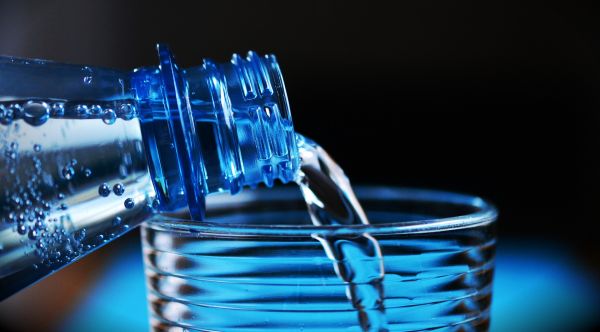
Overhydration is also not good. Although it does not affect our exercise efficiency that, it will lead to excessive washing out of the electrolytes, which will also negatively affect the post-exercise regeneration.
The best tip for runners is to drink about 300-500 ml of fluid before workout, about 150-200 ml for every 30 minutes of workout (here it depends on the body – some need more, others only once an hour), and after training approx. 500-700 ml. In addition, watch your hydration for several hours after a long workout.
METABOLIC WINDOW
A metabolic window is an interesting nutritional issue. It is claimed to open between 15 and 120 minutes after training, when the best nutritional effect occurs. At this time, you should supplement your muscular glycogen supply, provide adequate fluid (1000 ml per kilogram of weight lost during exercise), and a complete protein that will stop catabolic processes and begin recovery of damaged muscles. Carbohydrates and protein in the ratio 4:1 (4g carbohydrate contains 1g protein).
Recent studies indicate that leucine has a significant effect on post-exercise protein synthesis. It can be supplemented, but naturally occurs in products such as soybeans, beans, peas or lentils.
QUICK TRICKS FOR FASTER REGENERATION
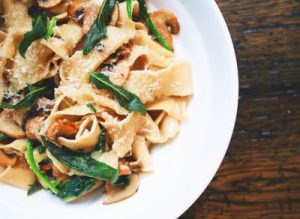
POST-WORKOUT MEAL – Needed only after heavier training units, when we heavily deplete our glycogen stores. My favorite meals are chocolate smoothie, cocoa, yoghurt with muesli or French toast.
COOLING – ie. an easy jog for the last kilometer, followed by a cold shower or a saline bath – is a wonderful remedy. Jogging gives you the chance to cleanse your muscles from lactic acid, and a cold shower or saline bath relaxes nicely.
COOLING SALVES – They work similar to a cold shower. They improve blood supply and relax. Best right after training.
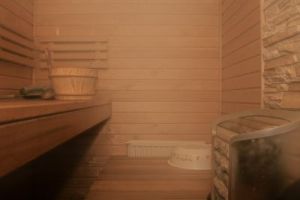 SAUNA – Sauna regulates the functioning of our circulatory system, improves heart function and exercise efficiency, improves thermoregulation and helps to remove unnecessary metabolic products. It loosens and reduces muscle tension. It is best to wait at least 3-4 hours before we go to the sauna, because such an operation is also an effort for the body. The effects of the session in the sauna stay up to a week, so one good visit will be enough for a week of training.
SAUNA – Sauna regulates the functioning of our circulatory system, improves heart function and exercise efficiency, improves thermoregulation and helps to remove unnecessary metabolic products. It loosens and reduces muscle tension. It is best to wait at least 3-4 hours before we go to the sauna, because such an operation is also an effort for the body. The effects of the session in the sauna stay up to a week, so one good visit will be enough for a week of training.
STRETCHING/ROLLING – After the training, we should restore the muscles to full motion and relax, so they can recover better. Rolling, additionally improves blood supply and muscle metabolism. Let’s do it sequentially or interchangeably – whatever helps better.
KINESIOTAPING – Properly applied tape acts analgesic, reduces the tension on the skin’s receptors and promotes the effect of the muscles being glued. Kinesiological tapes are worn for a few days.
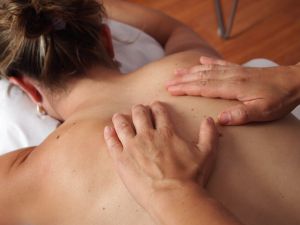
MASSAGE – Massage can take many forms – from THE standard hand massage, carried out by a qualified masseuse, by ice cream massage, stones, etc. to auto-massage (rolling – described above).
LEGS ABOVE THE HEART – After a long or intensive workout, you should lie down for 15 minutes with your legs up. This position improves circulation in the lower limbs, resulting in faster regeneration. The addition of compression socks or sleeves will further aggravate this effect.
If you find this article interesting, please share it with others using the social media buttons below the article. If you don’t want to share, maybe at least like it?🙂
________________
Sources:
https://pl.wikipedia.org/wiki/Sen
Jurkowlaniec E. Podstawowe mechanizmy snu i czuwania: udział głównych układów neurotransmiterowych mózgu, Sen, 2002, 1, 21-3
Wichniak A. Podręcznik medycyny snu, Medipage, Warszawa 2007, ISBN 83-89769-50-3
https://pl.wikipedia.org/wiki/Plastrowanie_dynamiczne
Skarżyński Jerzy, 2012, „Biegiem przez życie”, MEGA SPORT Jerzy Skarżyński
